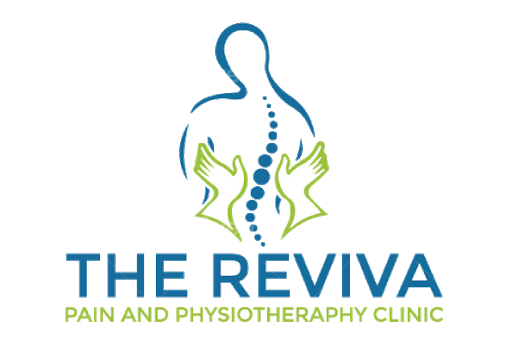Gastrocnemius
The striated muscle is a component of the composite muscle referred to as the striated muscle surge, that forms the distinguished contour of the calf.
The striated muscle surge contains the striated muscle, soleus, and planter is. The ginglymoid joint fossa at the rear of the knee is created inferiorly by the bellies of the striated muscle and plantar is, laterally by the sinew of the skeletal muscle leg bone, and medially by the tendons of the semimembranosus and semitendinosus.
Trigger points within the striated muscle square measure generally related to calf pain/stiffness, nocturnal cramps, foot pain (instep), and pain within the back of the knee on mechanical activity.
Assessment Of Striated Muscle
The patient’s left leg is placed across the therapist’s thigh. From this position, the healer has the management of the patient’s left lower limb and foot.
It is vital to creating a positive that the patient’s leg is unbroken straight at the knee, as this can influence the take a look at the result.
The healer gently encourages the patient’s left ankle joint into a dorsiflexed position till a bind is felt (see illustration below).
The normal vary of motion ought to attain ninety degrees; if the purpose of the bond is felt sooner, the striated muscle is assessed as short.
An alternative technique for Testing the Muscle Length of the striated muscle
This takes a look at may be performed if the patient features a traditional vary of motion in their hamstrings; if the hamstrings are classified as short, the initial take a look at delineated on top of should be used.
The healer passively takes the patient’s left leg to ninety degrees of hip flexion. From this position, the healer controls the patient’s left lower limb and stabilizes the ankle joint.
The healer slowly encourages the patient’s ankle joint into flexure and feels for a bind (as shown below). If a spread of ninety degrees may be achieved with no resistance, the striated muscle is assessed as traditional.



